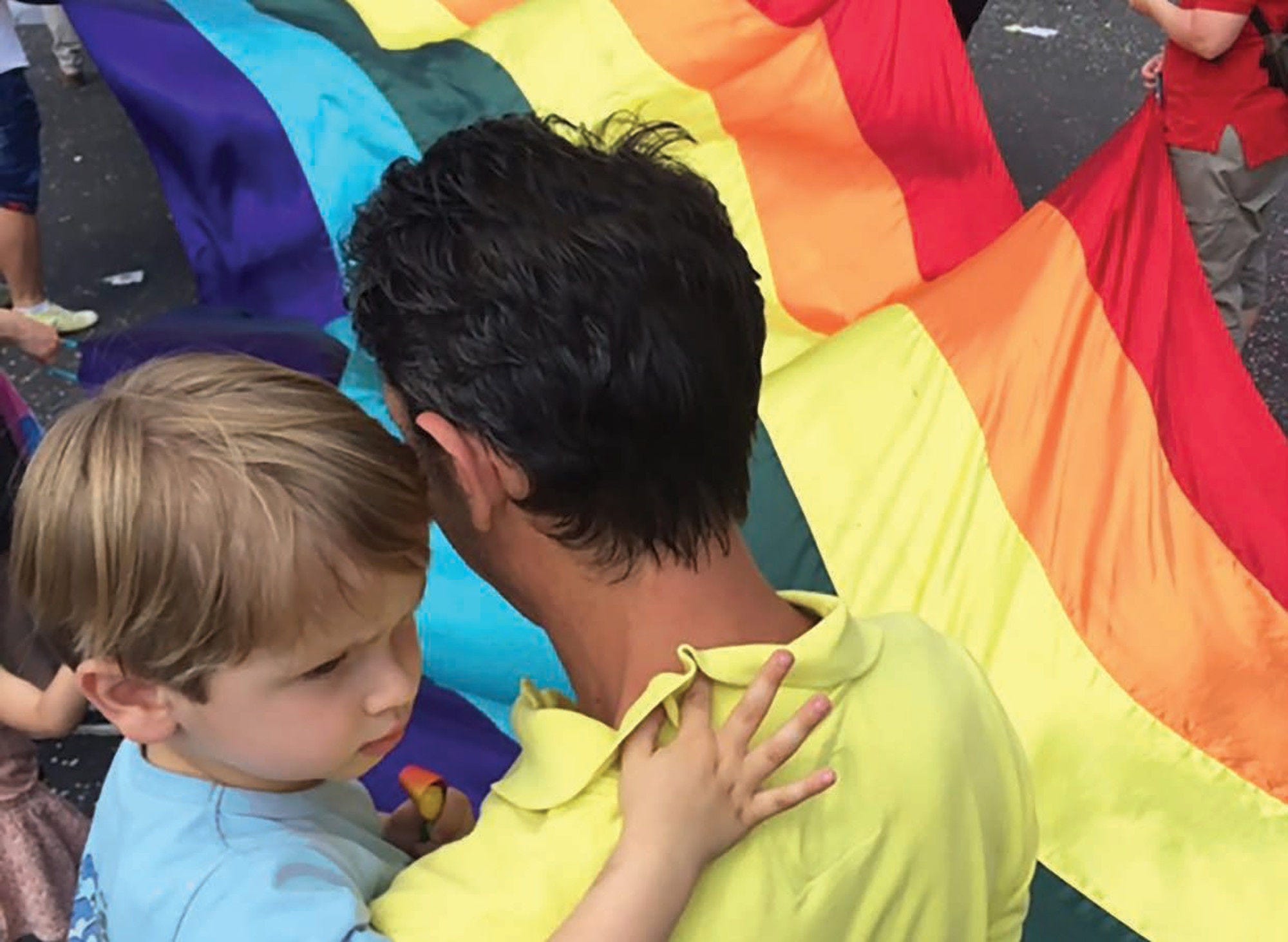Violence against Women (VAW) encompasses all forms of violence perpetrated against women because they are women. This includes all forms of physical violence, sexual violence and abuse, psychological violence, economic violence, and harassment. Other forms of violence against women include harassment, rape and other forms of assault, child marriage, human trafficking, female genital mutilation, a lack of reproductive rights, social norms that devalue women, and discriminatory laws that disenfranchise women.
The number of women who report having been victims of violence in their lifetimes and those who report violence in the past year is high in many countries. Across OECD countries, 22% of women report having experienced physical or sexual violence from an intimate partner in their lifetimes, with more than 4% of women having experienced intimate partner violence in the past year. More than one third of women in New Zealand, the United States and Turkey report having experienced interpersonal violence from a partner ( 8.7). For most women who have experienced physical or sexual violence, the perpetrator is someone they know, rather than a stranger.
OECD Social Institutions and Gender Index (SIGI) 2019 shows that social norms and legal frameworks can either drive processes of social transformation or act as barriers to women’s empowerment. Despite years of advocacy to protect women’s physical integrity, legislative progress has been uneven across OECD countries. In 14 countries, the legal framework protects women from violence, including intimate partner violence, rape and sexual harassment, without any legal exception. In 16 OECD countries, survivors of violence still face legal obstacles: one country still allows reduced penalties in case of so-called honour crimes; in four countries domestic violence is not a criminal offense; in 11 countries, the law provides legal protection from sexual harassment but does not include criminal penalties.
Social norms can also be powerful disincentives for women to report and pursue legal recourse against perpetrators. Social acceptance of domestic violence against women by women themselves weakens the functioning of legal frameworks and is an obstacle to addressing violence against women. SIGI 2019 shows that within OECD countries, 8% of women say that a husband may be justified in hitting or beating his wife, from 1% or less in Denmark and Ireland to up to 18% in Korea and 20% in Germany ( 8.8). In emerging economies, acceptance of violence against women can be much higher – 34% of women in Indonesia and 61% of women South Africa say that spousal violence can be justified.
A recent Global Study on Homicide, the United Nations Office on Drugs and Crimes finds that while men are more likely to be victims of homicide, women killed by intimate partners or family members account for 58% of all female homicide victims. Gender-related killing of women and girls is a global phenomenon, with the highest rates of women and girls intentionally killed in Africa and in North and South America.
Women also face violence and harassment outside the home. According to a 2018 International Transport Forum report, most women who use public transport feel exposed to physical or verbal aggression, sexual harassment and other forms of violence or unwelcome behaviour, leading to personal stress and physical harm. On average across OECD countries, almost one women in three report not feeling safe when walking alone at night, compared to one in five for men ( 8.9). Women feel safer in Iceland, Norway, Slovenia, Spain and Switzerland, where less than one in five women do not feel safe. By contrast, in Latin America, around six women out of ten report not feeling safe. Women from Brazil and South Africa report the highest shares at above 70%.



